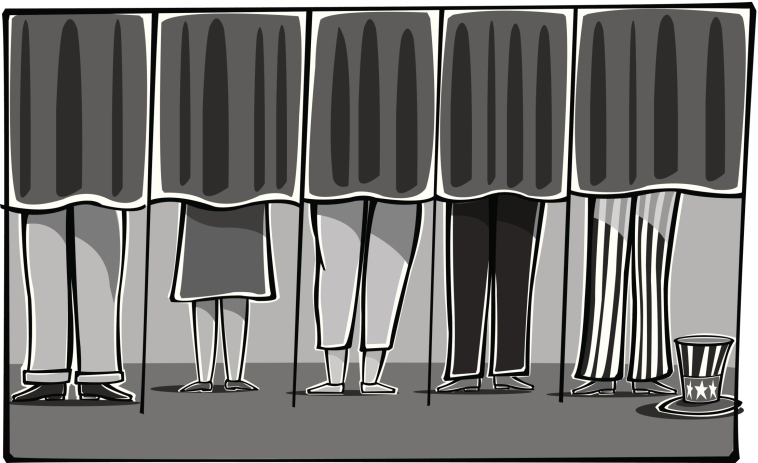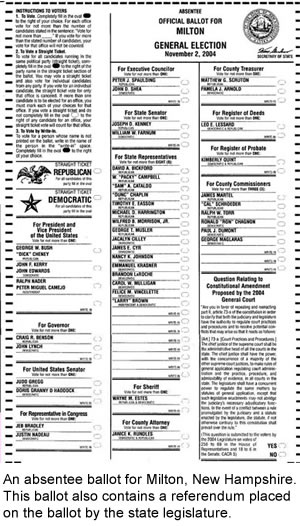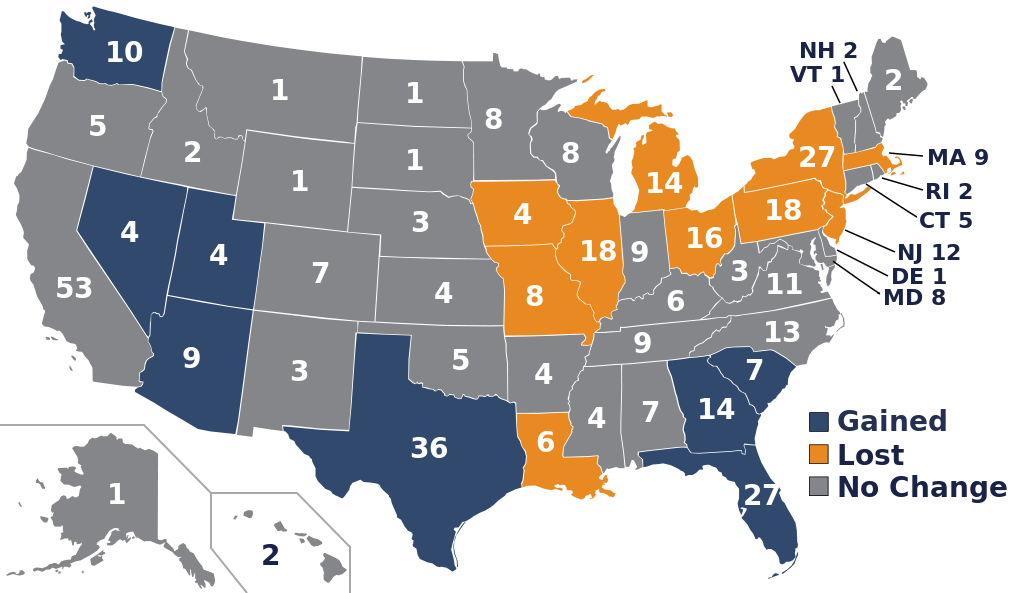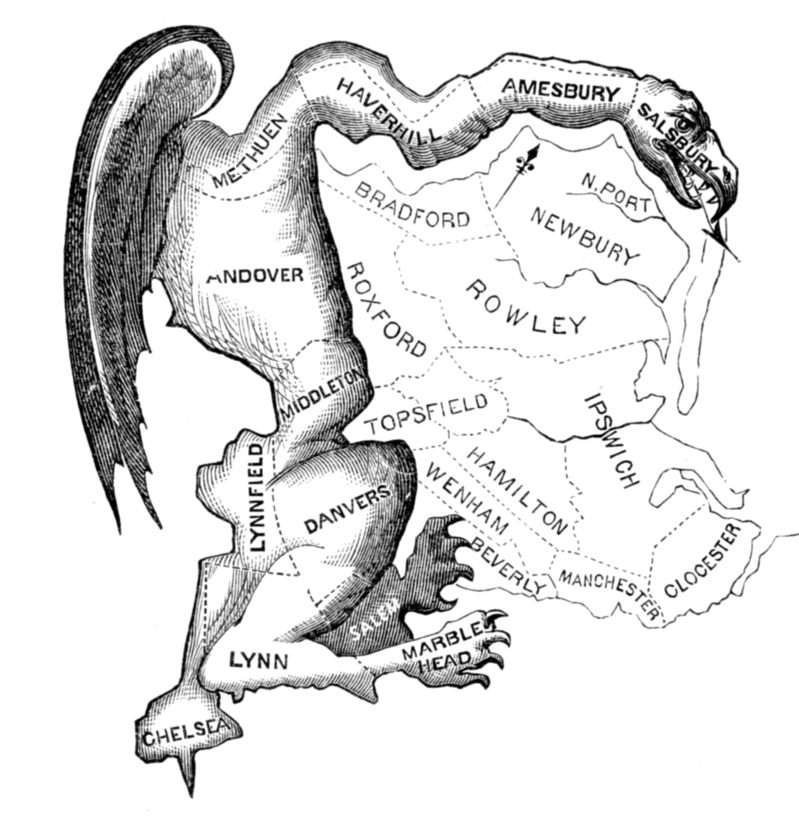Learn
To access the materials on Discovery Education website, you will need to log in. View the login instructions.
Low Voter Turnout

Despite the importance of exercising the right to vote and the historical struggle to gain the right to vote, less than fifty-percent of eligible voters in America actually cast their ballots in the 1996 presidential election and that number has increased only slightly in recent years. Statistics are much worse in off-year elections with less than twenty-percent voter participation.
Reasons given for low voter turnout include the following:
- Registering to vote is difficult due to voting requirements.
- Absentee voting is made difficult by strict rules.
- There are too many different offices to keep up with on the ballot.
- Voting on weekdays makes getting to the polls more difficult.
- Political parties do not provide a strong effort to get voters to the polls.
- One vote will not make a difference in the outcome.
Read "Voting: A Forgotten Privilege" to learn more about low voter turnout.
Political Participation Factors
"We the people" have a responsibility to vote in order to make our system work. There are several factors within our system that impact voter turnout both negatively and positively. So, who is voting and why? Studies show that several factors are associated with higher levels of political participation, including the following:
- Education is the most important factor. The more educated a person is, the more likely he or she is to vote.
- Age also makes a difference. Despite the addition of the 26th Amendment, 18 to 24 year olds have the lowest turnout rate while voters who are 45 and older have the highest.
- Gender has made a difference in recent years. Starting in 1992, women have had a higher voter turnout than men.
Read "Participating in Government" to learn more about "Who Participates and Why?"

Voter Registration
According to the Twenty-sixth Amendment, if you are eighteen years old and a United States citizen, with a few exceptions, you are eligible to register to vote. The details concerning voter registration and qualifications are determined by each state. If you are not sure how to register, the following short video will explain one method of registering.
Watch Voting in Wisconsin (1:35) to see what it may look like when you register or when you go to the polls to vote.
Visit canIvote.org to learn where your polling place will be. Select your state from the dropdown menu to learn about its election process. Make notes on the registration process, voter ID requirements, and the process for absentee voting.
Casting Your Vote
Local election officials manage voting on election day. They hire local poll workers to assist voters, verify voter identification, and hand out ballots. Poll watchers are also available at polling places on a voluntary basis to make sure the election is being run fairly.
Each individual state is also responsible for the actual method of voting. Various types of paper ballots may be used or mechanical voting machines may be utilized. Citizens may also choose to mail an absentee ballot instead of going to their assigned polling place.
Watch Voting (1:06) to learn more about the voting process.
Reapportionment
"One person, one vote," means that each citizen is guaranteed equal representation. Representation in the House of Representatives is based on population; therefore, as the population changes or shifts, representation may need to be redistributed. The redistribution of seats in the House to reflect equal political representation due to population changes after each census is known as reapportionment.
Explore the Census Bureau to learn more about the population data in the U.S. to learn more about the roles of political parties.

A map showing the allocation of congressional districts in the House of Representatives after the 2010 census of the United States. |
Redistricting
The two major political parties also play an active role when seats in Congress are reassigned according to the population of electoral districts. When the House of Representatives undergoes reapportionment every ten years, redistricting or re-drawing of new boundaries for legislative districts is required. The new boundaries created by redistricting should make districts as equal as possible according to population. Redistricting may change which elections a voter participates in and who represents the voter.
Watch Redistricting: Drawing the Lines (6:33) to learn more about reapportionment. Reporter Antonio Neves informs us how new redistricting issues around the country can affect the outcome of state elections and federal policy.
Gerrymandering
Though Congress controls reapportionment, redistricting is left to the state legislatures. Party politics often creeps into the process since the party in power usually draws boundaries to support its own political advantage. This process, known as gerrymandering, can negatively impact voter turnout due to the perception that "dirty politics" is involved.
The main goal of gerrymandering for a political party is to maximize the impact of its constituency's vote and minimize the impact of the other party's constituency vote. In other words, the party in power establishes a political advantage over the other party by manipulating the boundary districts to give themselves disproportionate power. Because gerrymandering has been used to suppress a particular political, racial, or class demographic group, the Voting Rights Act of 1965 made drawing districts to weaken the voting strength of minorities illegal.
The political cartoon below from 1812 was drawn in reaction to the new Congressional electoral district of South Essex County created by the Massachusetts legislature to favor the Democratic-Republican Party candidates over the Federalists. Notice the unusual shape of a district resembles a dragon-like "monster." Federalist newspapers editors thought the district was shaped like a salamander. Hence, the word gerrymander was coined as a blend of salamander and Governor Gerry's last name.

|